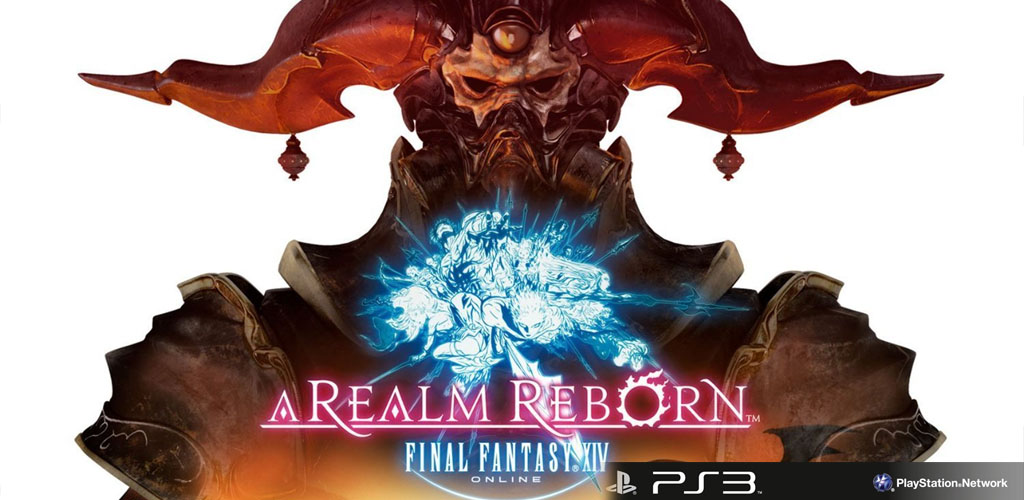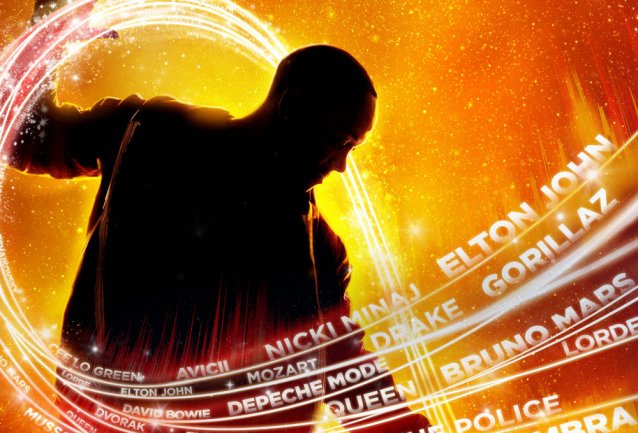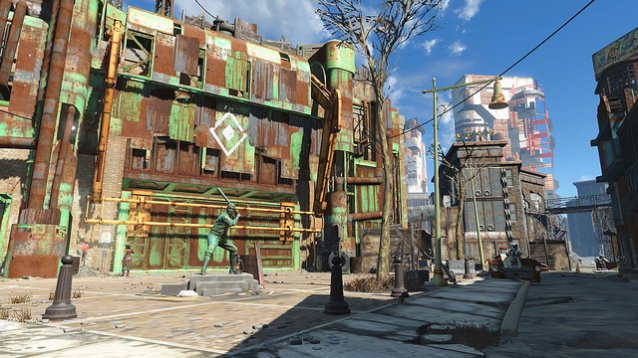

A good puzzle game is more than a series of brainteasers. Sure, the puzzles are important – that’s the ultimate point of the game, after all – but the best of the genre (Portal, for example, or World of Goo) go out of their way to give players a real sense of achievement. Those games aren’t about challenges, they’re about progression: introduce a new idea, teach the player how it works, and then use the concept in increasingly clever ways. The developers look smart, and the players feel even smarter for “beating” them.
Back to Bed is not a good puzzle game. That’s not because the game is short (although it is – the whole thing can be cleared in about two hours), or because the team at Bedtime Digital Games delivered a broken product. Technically, the game runs just fine. There’s just no spark to it. Back to Bed never commits to an idea; instead, the game just throws concepts at the player, uses them once or twice in the most cursory and obvious ways, then moves on to something new. There are no clever twists, no big “ah ha!” moments, and nothing that challenges the player’s (or the developer’s) intelligence. Back to Bed is functional, but it’s not fun.
The game’s graphics don’t help. Not that Back to Bed looks bad – in fact, at times, it’s actually quite appealing – but the developers’ aesthetic choices promise a wildly different game. Back to Bed liberally borrows from surrealist artists like MC Escher, René Magritte, and Salvador Dalí, which implies a Monument Valley-esque journey through impossible landscapes in which players must use perspective and optical illusions to progress – or, if not that, at least something kind of weird.
But that’s not how Back to Bed works. The graphics might reference surrealism, but the game itself is as straightforward as they come. Bob is a man who sleepwalks through nightmarish dreamscapes; as his friend, players need to make sure that Bob reaches his bed safely. Bob walks in a straight line, and only turns when he hits an obstacle (and even then, only turns clockwise). It’s the player’s job to strategically change Bob’s path, making sure that he avoids hazards without ever waking up.
That’s not a bad premise, but Bedtime Digital’s design team just doesn’t do anything with it. Most of the time, players simply place giant apples (reminiscent of the famous painting The Son of Man) in Bob’s way, making him turn; later in the game, players will also need to lay out bridges (which look like fish) so that Bob can cross gaps. That’s pretty much all there is. Players can use also translucent staircases to walk sideways on the walls, but that only pays off as an aesthetic quirk once or twice in the game’s sixty levels. Most of the time, Back to Bed boils down to dropping an apple, watching Bob turn ninety degrees, and then doing it again and again and again.
It doesn’t help that, thematically, the game evokes last year’s award-winning indie darling, Monument Valley – a game that also played up impossible geometry, but actually did something interesting with its premise. Later in the game, Back to Bed pays lip service to something more interesting, with one or two puzzles that rely on placing bridges at strange angles to make an Escher-esque optical illusion, but like almost everything else in the game, the idea is abandoned a couple of stages later. That renders Back to Bed’s design pointless: Back to Bed might include references to some classic surrealist paintings, but the game doesn’t embrace surrealism’s ethos. The game is as conventional as they come.
Even worse, the puzzles that exist aren’t particularly clever, and they don’t carry any sense of urgency. Bob can wander off the edge of the stage, but that doesn’t mean players have to start over; Bob simply screams, then lands right back where he started. As a result, it’s very hard to lose; players can take their time, carefully setting up solutions, while Bob “dies” again and again somewhere else on the screen. Bob’s scream is incredibly irritating, but even that’s not enough to spur players into action; turning off sound effects is one (highly recommended) menu option away. After completing the main campaign, a “Nightmare” option opens up that makes Back to Bed more challenging (the stages are the same, but now Bob has to collect keys before he can reach the exit), but at that point most people will probably be tired of the whole endeavor.
Really, Back to Bed is the worst kind of game: one that flirts with some good ideas, but never commits to doing anything with them. The core apple-dropping mechanic gets old fast, and while the graphics look great, they’d be better served in a different, more interesting game. It’s not often that you see a game that takes something cool and completely misses the point – but if you’re looking for one, Back to Bed is the game for you.
Back to Bed is out now on PC; it comes to PlayStation 3, PlayStation 4, and the Vita on August 25, and iOS and Android on August 28. Game Rant was given a PlayStation 4 download code for this review.




 Restore Deleted Files in OneDrive for Windows, Android and iOS Phones
Restore Deleted Files in OneDrive for Windows, Android and iOS Phones Fallout 4: GTX 570 vs GTX 970 Graphics Comparison
Fallout 4: GTX 570 vs GTX 970 Graphics Comparison Boom Beach (Android) troop overview
Boom Beach (Android) troop overview 10 Great Gifts for Gamers
10 Great Gifts for Gamers Halo 3 vs Halo: Reach Graphics Comparison
Halo 3 vs Halo: Reach Graphics Comparison